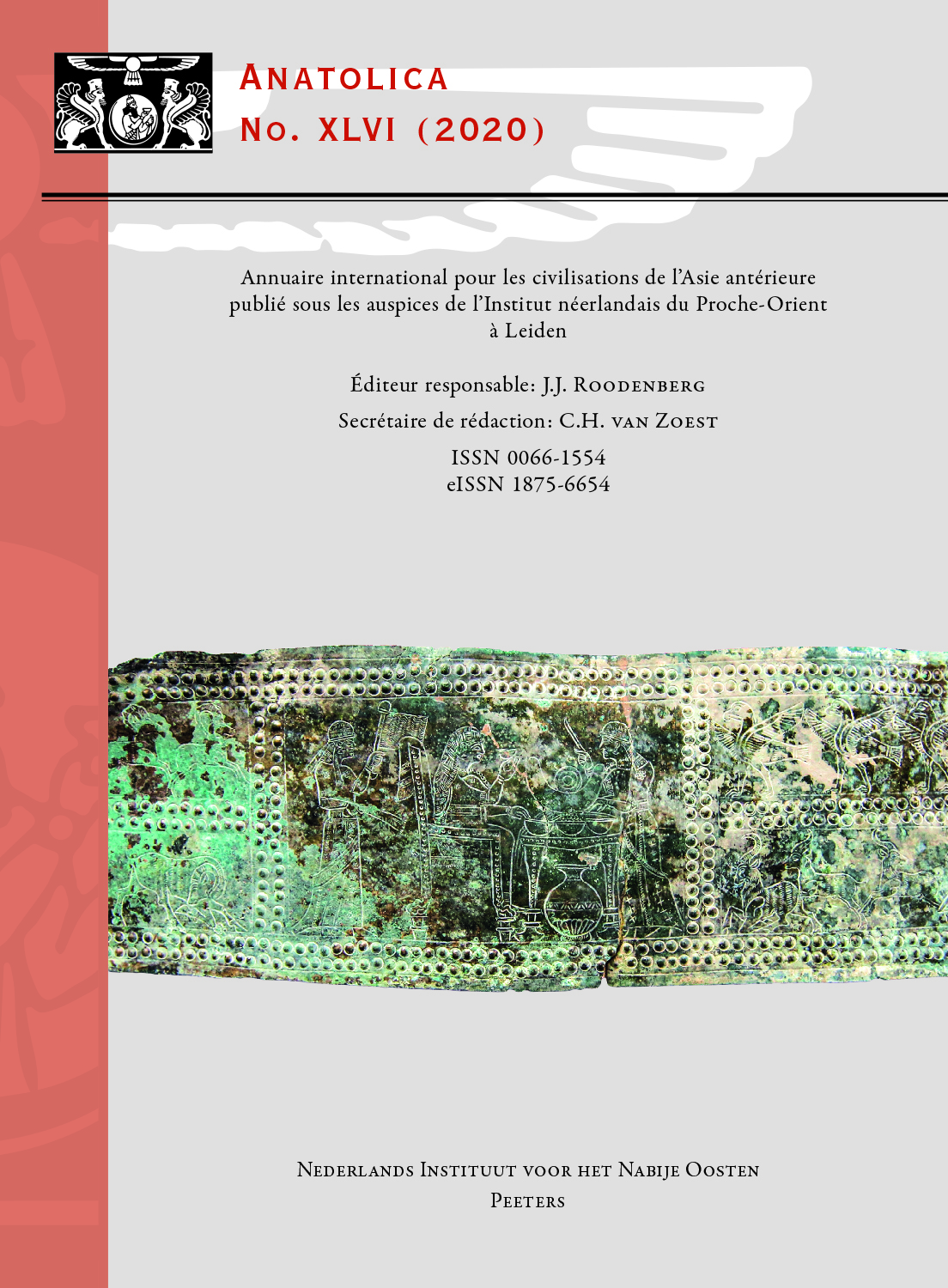 previous article in this issue previous article in this issue | next article in this issue  |

|
Document Details : Title: Casting Technologies and Cultural Connections at an Egyptian Harbour Town Author(s): HEINZ, Sandra S. Journal: Anatolica Volume: 40 Date: 2014 Pages: 197-218 DOI: 10.2143/ANA.40.0.3036682 Abstract : Lead and bronze finds dominate the statuette assemblage at Thonis-Heracleion, an Egyptian port of the Late and Ptolemaic Periods. In this article, I extrapolate the types of casting methods used for statuette production at Thonis-Heracleion based on detailed examinations of the figures in the field. The bronze statuettes and amulets provide new insights on the topic of Egyptian bronze casting, as the methods are still debated. I evaluate the possible use of the indirect lost wax method and issues of quality and mass production for bronze figures. The lead statuettes and amulets, alternatively, open a new discussion about lead casting in Egypt, as the lead statuettes have few parallels outside of Thonis-Heracleion and lead casting has never been discussed in detail with respect to Egyptian statuettes. The lead statuettes include replicated figures across several different iconographic types, and these figures were cast using open and bivalve refractory moulds. The hollow lead figures were probably created with the lead slush technique. This discussion of casting techniques as a whole targets not only the methods used for lead and bronze casting in Egypt, but also the social implications behind these techniques, such as how and with whom specific technologies were exchanged. Replication of bronze and lead figures was common among other cultures in the Late Period and earlier, in Greece and in the Eastern Mediterranean, and contact with these cultures may have contributed to the development of replication methods in Egypt for bronze and lead casting. |
 |
